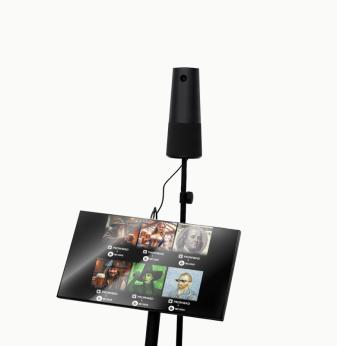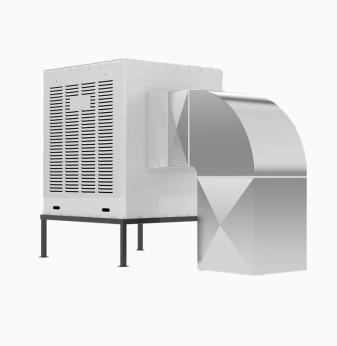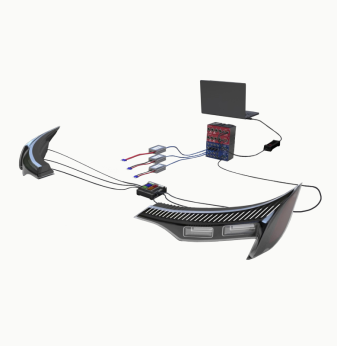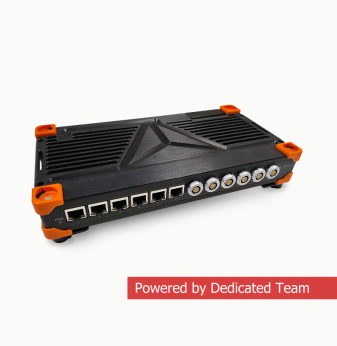Live Demo Highlights at Embedded Technology West 2026: Edge AI Hardware in Focus
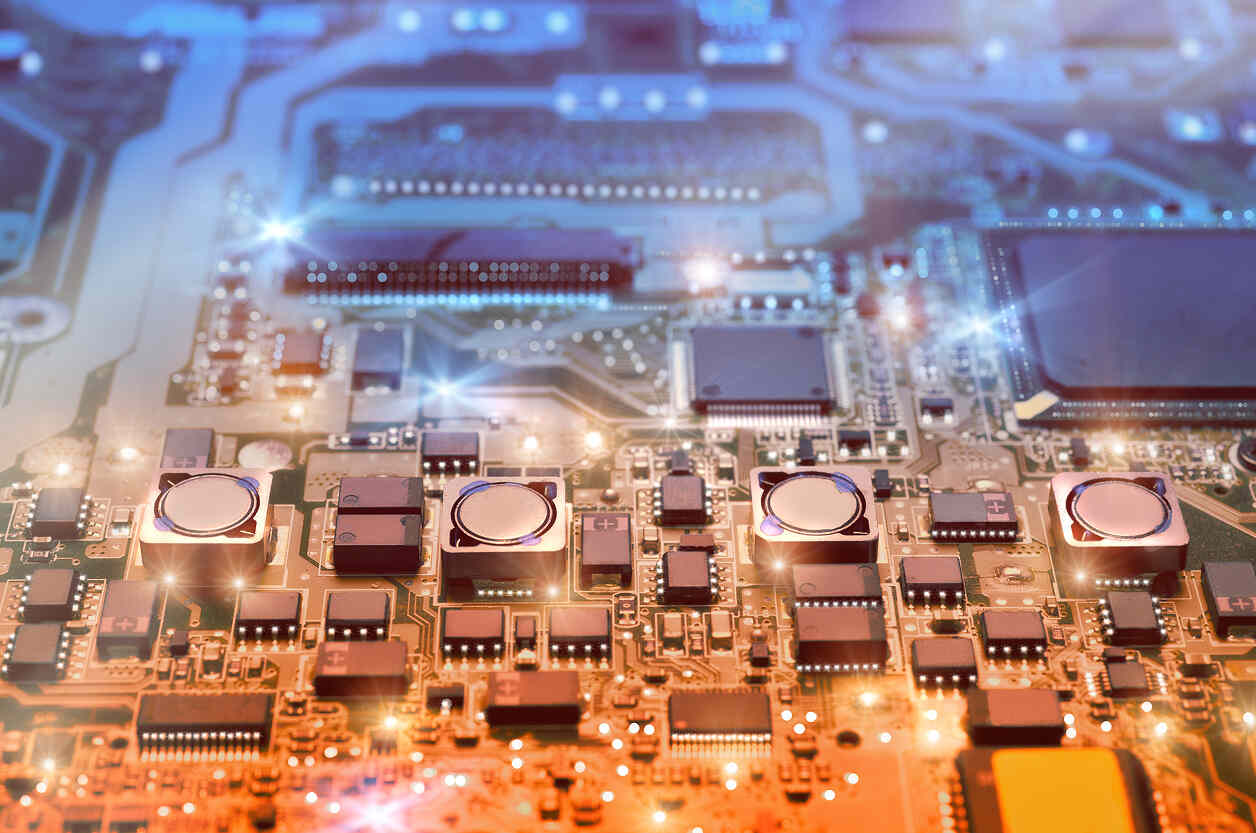
As the embedded systems industry gears up for Embedded Technology West 2026, the spotlight turns to edge artificial intelligence—hardware that brings inference, analytics and decision-making directly into embedded devices. The live demo zones at the event will showcase how cutting-edge modules, chip-integrations and heterogeneous SoCs are being brought into real production workflows. For engineers, design leads and system integrators, these demonstrations provide a first-hand view of what’s possible today, and what will soon be standard in embedded control, industrial IoT and smart devices. This article explores the most significant demo categories, why they matter, what to look out for at the show, and how you can make the most of the event.
Why live demos matter for edge AI hardware
Live demonstrations aren't simply product displays—they show real hardware running real workloads under live conditions. At Embedded Technology West 2026, demos will illustrate latency, power, integration complexity, software ecosystem maturity and real-world fit. With the edge AI hardware market projected to accelerate, what you’ll see on the floor likely previews what will hit production later that year. Observing how vendors handle demos—hardware toolchain, power budgets, application use-cases—lets you benchmark partners, roadmap tactics and identify early technology risks.
Demo categories to watch
1. Modular edge AI inference modules
Expect live stations where small form-factor modules (SoM, plug-in boards) handle AI inference locally with sub-watt or few-watt power budgets. At the show, vendors might run object recognition, anomaly detection or sensor fusion demos using such modules connected to industrial sensors, cameras or embedded controllers.
2. Heterogeneous SoC platforms for embedded AI
Another highlight will be chips and boards combining general CPU cores, microcontroller subsystems, AI engines and real-time units—integrated in one silicon or package. These heterogeneous platforms deliver flexibility for complex embedded tasks (real-time control + inference + network). At the demo zone you’ll look for boards where an AI workload happens side-by-side with control loops, not off-loaded to the cloud.
3. Ultra-low-power edge AI hardware for constrained systems
A key demo track will involve hardware aimed at battery-or energy-harvested systems: microcontrollers or edge-AI modules that run inference in the milliwatt regime. At the show, see how these modules manage memory, power states, model updates and integration with sensor inputs in demos that resemble real field devices.
4. Edge AI in industrial/embedded sensor networks
Live demos will also showcase hardware integrated into sensor-to-action pipelines: for example, camera + edge inference + actuator triggering with very low latency. This demonstration category is especially valuable for system architects who build automation or smart-sensor networks. Watch for latency numbers, integration of inference with I/O, and how vendors solve real constraints (power, ruggedness, field firmware updates).
5. Tool-chain, deployment & ecosystem showcases
Beyond hardware, demo booths will highlight software ecosystems: model optimisation tools for embedded, frameworks that compile to microcontrollers or small edge NPUs, over-the-air model updates, and debugging/monitoring tools. It’s critical to assess whether the hardware demo is backed by scalable toolchain and not just a prototyping gimmick.
How to plan your visit and extract value
- Pre-select demo kiosks: Before the show, review the exhibitor list and highlight those promising edge AI hardware demos (look for keywords: “edge inference board”, “AI SoM”, “TinyML module”, “embedded AI industrial”).
- Check for live workloads: Ask vendors if the demo runs real-time inference on live sensor data, not prerecorded loops. Measure latency, power draw and integration.
- Focus on end-to-end stack: Evaluate hardware + firmware + runtime + update path. A great chip without a model deployment ecosystem is risky.
- Benchmark against your requirements: For your design, identify your workload (e.g. object detection at 30 fps, latency <100 ms, power budget <2 W) and use the demo to assess viability.
- Network and gather roadmap data: Use the event to discuss vendor roadmaps, upcoming modules, production timelines and ecosystem growth—not just sample hardware.
- Document constraints and dependencies: Ask about supply-chain readiness, firmware update strategy, ecosystem maturity and field reliability—these often decide success more than raw specs.
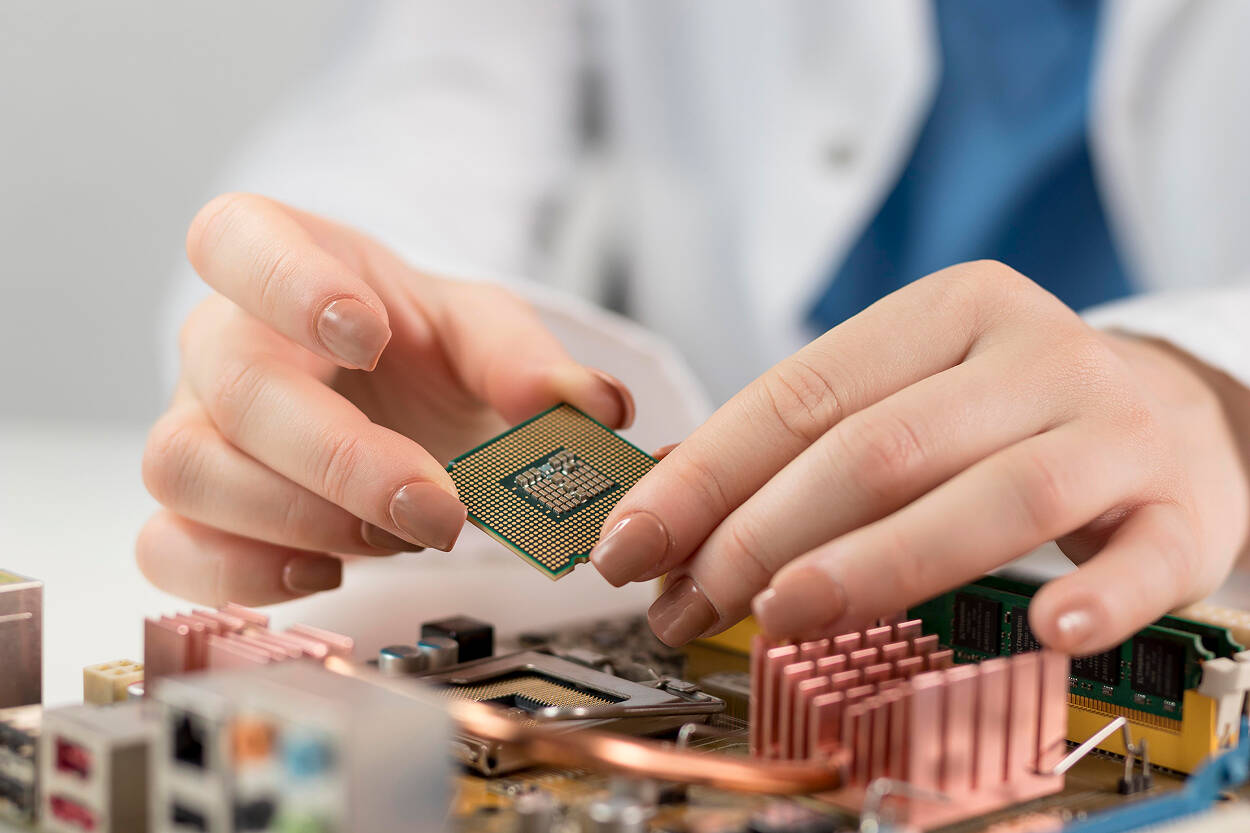
Implications for embedded system teams
- Hardware-software co-design matters more: When the demo shows inference on edge hardware, expect the software stack (model optimisation, runtime, memory management) to be as important as the silicon.
- Latency and deterministic behavior matter: Many edge AI deployments will need consistent latency and predictability—not just high peak performance. Use demo observations to assess real-world stability.
- Power budgets dominate: Especially in embedded or portable systems, inference power should align with battery or harvested energy. Demo insights help pick modules that meet sustained duty cycles, not just bursts.
- Ecosystem maturity is the gatekeeper: A demo module may be impressive, but if the toolchain, model library, update path or compliance are immature, real-world risk increases.
- Early involvement gives advantage: Visiting live demos, talking to vendors and securing early design-in positions can yield time-to-market advantage. Your early hardware roadmap may benefit from what is shown at Embedded Technology West 2026.
Trends and take-aways for 2026 from demo previews
- Edge AI hardware innovation continues to escalate: specialized NPUs, microcontrollers with embedded inference cores and heterogeneous SoCs are becoming mainstream.
- Real-world demos will increasingly reflect full system integration (sensor + inference + actuation) rather than stand-alone silicon.
- Toolchain and deployment ecosystems are catching up: embedded ML frameworks, TinyML optimisation, model compression and update mechanisms are moving into production readiness.
- For design teams, focus shifts from “can it run AI?” to “can I deploy and update AI reliably on embedded hardware under field conditions?”.
- The ability to visit live demos and validate claims under realistic use-cases becomes a differentiator for embedded system planners.
AI Overview: Edge AI Hardware Demos at Embedded Technology West 2026
Edge AI hardware live demos at Embedded Technology West 2026 provide real-time insights into modules, SoCs and boards capable of on-device inference, embedded AI integration and low-power operation.
Key Applications: edge inference modules for industrial sensors, heterogeneous embedded AI SoCs for complex control, ultra-low-power TinyML hardware for battery-powered devices, sensor-to-actuator pipelines with embedded AI, embedded ML toolchain in live hardware demos.
Benefits: allows hands-on evaluation of real hardware, reduces risk of selecting unproven platforms, accelerates hardware-software alignment, enables early design-in for AI-enabled embedded products.
Challenges: demo hype vs production maturity, toolchain or ecosystem may lag silicon, managing real-world constraints (latency, power, continuous updates), supply-chain or deployment risk.
Outlook: by late 2026 and into 2027, edge AI modules and embedded inference hardware shown at the show will transition rapidly into production, with toolchains maturing, update mechanisms standardising and embedded AI becoming default in many device classes.
Related Terms: TinyML module, edge inference board, embedded AI SoC, heterogeneous embedded processor, sensor fusion edge, model compression embedded, low power edge AI hardware.
Our Case Studies

